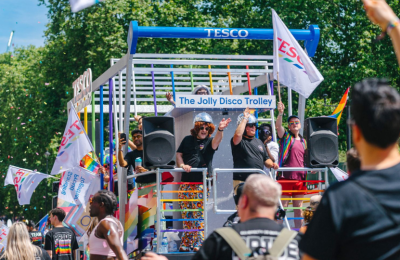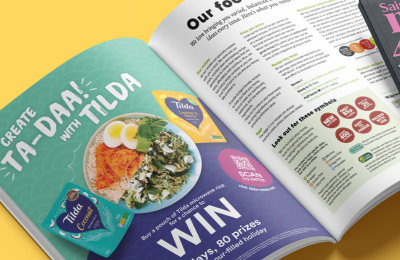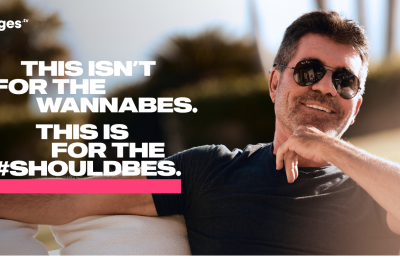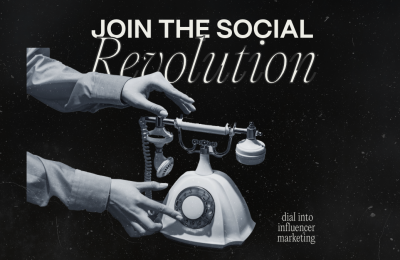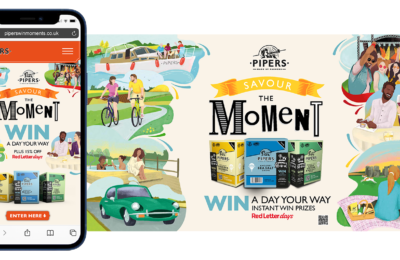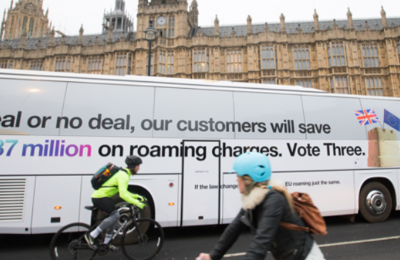Opinion From Holly Eddleston: Head of Influencer Marketing at BIG little LDN.
Having worked in this field for over a decade, Holly remembers when brands were trading lipsticks for a Facebook post and #Ad was yet to be a thing. Holly has been instrumental in running global campaigns for Dove, Peroni Nastro Azzurro, Diageo and Red Bull so we wanted to pick her brains and share some of the most common challenges brands face when working with influencers, and how to overcome them.
1. Target audience
Many brands approach influencer marketing by looking at the influencers directly, rather than the data behind them. If you’re trying to sell a product or service in the UK, you’ve got to talk to an audience based in the UK. It’s common for UK based influencers to now have a larger following in the US or Australia. Audience data is key when it comes to casting your ambassadors. At BIG little LDN, we have tools to help identify where followers are based and wouldn’t recommend working with an influencer who has less than 70% of their audience in your target location.
2. Fake followers
Influencers base their fees on how many followers they have, yet without the right tools in place, brands will find it difficult to tell whether those followers are genuine or not. Before working with any influencer, we look at the data behind their follower acquisition. What we’re looking for is a steady line of growth. Any unusual spikes in follower count would be a red flag and could indicate that the influencer has bought followers and is not acting in the best interest of the brands they represent.
3. Measuring engagement
Another problem we face a lot is the number of followers can be totally arbitrary due to fraudulent activity. Metrics such as engagement rate and the quality of the language used in comments are much better measures to focus on. When we see consumers commenting on our influencers’ posts that include “try”, “want”, “buy”, “need” – this shows purchase intent and is what we’re looking for during each campaign as opposed to simply reporting on impressions and reach.
4. Influencer management
So, you’ve found your influencer, you’ve told them your campaign, now what? We’ve worked with social teams who have been great at building online communities, but have never managed influencers before. Without clear structure, direction and a posting schedule the most competent of social teams can fall down at this next hurdle.Working with influencers isn’t the same as working with your internal teams. It takes careful planning and ongoing project management to ensure everyone is on the same page and expectations are met. A poorly run campaign can easily result in an influencer relationship turning sour and having the opposite effect. A lot of the time, this is overlooked and as a result brands can end up wasting budget purely as a result of miscommunication. Over the years, we have crafted fool-proof templates that save our clients time and money and ensure the greatest return on investment.
5. Negotiation
When starting out with influencer marketing, brands can find it difficult to know if they are paying a fair price for the influencer and deliverables set. Having run hundreds of campaigns in the past, we know what a rate card should be and when someone could be trying to overcharge. It’s possible for brands to access to preferential rates and other added value ways of working by leveraging the relationships BIG little LDN has forged over the years, For example, influencers will have set prices for individual Posts, Stories or Reels, but if you are planning a campaign with multiple deliverables over a longer period of time, we will look at the campaign in its entirety and negotiate a price that is fair for the influencer, while keeping within the brands budget.
Email for guidelines to influencer prices.
6. Contracting
The most important part of any business relationship is the contract, so it surprises me how many brands still don’t contract their influencers and then wonder where it all went wrong. Contracts lay out deliverables, timelines, fees, responsibilities and content usage rights meaning there is a single source of truth in the event of any misunderstanding. Working with a UK top 100 media law firm, we have drafted watertight contracts and make sure these are signed and in place with every influencer before we employ them to represent our clients.Working with influencers without a contract in place poses a great risk to the business and may even mean the content they’ve paid for doesn’t legally belong to them.
Most of the brands who approach us and haven’t yet dipped their toe into the world of influencer marketing because they view it as being very expensive. However, our tried and tested method of end-to-end influencer campaign management, alongside our access to thousands of up-and-coming influencers, audience insights tools and negotiation experience means any expense laid out, will be relative to the return on investment you see.
If you’re thinking of running an influencer campaign or want to learn more about how influencers could boost your sales, get in touch.











